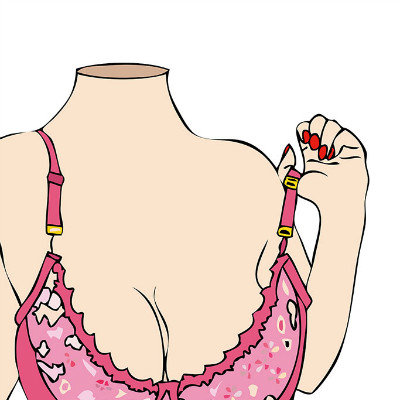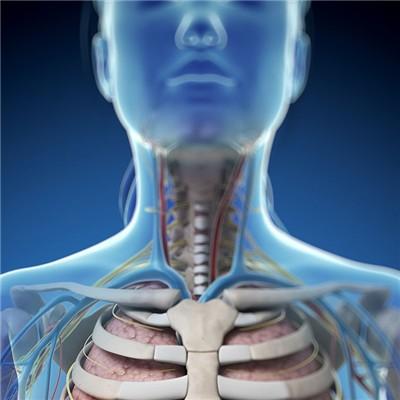Early symptoms of hypopharyngeal achalasia?
summary
The cricopharyngeal part is composed of the upper esophageal sphincter, cricopharyngeal muscle, thyropharyngeal muscle, cricopharyngeal muscle and cartilaginous hypopharyngeal and cricoid cartilage. The sensation and movement of uesm and cricopharyngeal muscle are dominated by sensory fibers of glossopharyngeal nerve and random motor fibers of vagus nerve. So swallowing can be started at will, or reflexively caused by oropharyngeal stimulation. At rest, uesm was in a state of tension. When swallowing, the food is forced to contract through the oral cavity, tongue muscle and pharyngeal muscle to push the food mass to the pharynx. Uesm relaxes and the food mass contracts immediately after entering the esophagus. This process is about 0.3s (0.13-0.63s). After swallowing, the esophageal body produces a peristaltic contraction, which is pushed into the stomach after 0.5-1 s and then closed. Therefore, swallowing movement is the result of relaxation and contraction of hypopharynx, uesm, esophageal body and lower esophageal sphincter. If in the process of swallowing occurs when swallowing and its relaxation is not coordinated, it is difficult for the food ball to enter the esophagus from the pharynx, causing dysphagia, that is, cyclopharyngeal achalasia, also known as esophagospasm. Early symptoms of hypopharyngeal achalasia?
Early symptoms of hypopharyngeal achalasia?
Most of them are middle-aged and elderly women, and most of them are irritable or anxious. The patient complained of dysphagia when eating, food remained in the oropharynx and could not enter the esophagus, so the meal time was greatly prolonged; If the liquid is ingested, it will be inhaled into the respiratory tract after swallowing, causing choking. There are also swallowing pain, obstruction feeling, foreign body feeling, or when food swallowing, the neck has the feeling of air over water sound. Weight loss.

A middle-aged female with cerebrovascular disease, central nervous system disease and muscle degeneration, or a family history of Riley day syndrome. The clinical manifestations included dysphagia, obstruction, foreign body sensation, dysphagia and prolonged meal time; Drinking liquid is easy to cause cough. When food is swallowed, there is a sound sensation of water passing through the neck.

For patients with oropharyngeal dysphagia, multi-stage, multi position fluoroscopy and television scanning are needed. Due to the rapid activity of each link in the process of swallowing, only by using these techniques can we record accurately, such as the movement of tongue, the movement of soft jaw, the symmetry of pharyngeal contraction, the movement of larynx, and the activity of uesm in the original resting state. In patients with idiopathic uesm dysfunction undergoing esophagography, sometimes there is a ridge protruding from the esophageal cavity in the plane of uesm, which is called "circumpharyngeal ridge" (Fig. 1). This phenomenon is found in 5% of normal people.

matters needing attention
Develop good habits, quit smoking and limit alcohol. Smoking, the World Health Organization predicted that if people no longer smoke, five years later, the world's cancer will reduce 1 / 3; Second, don't drink too much. Tobacco and alcohol are extremely acidic substances. People who smoke and drink for a long time can easily lead to acidic constitution. Don't eat too much salty and spicy food, don't eat too hot, too cold, expired and deteriorated food; The old and frail or those with certain disease genetic genes should eat some anti-cancer food and alkaline food with high alkali content to maintain a good mental state.















